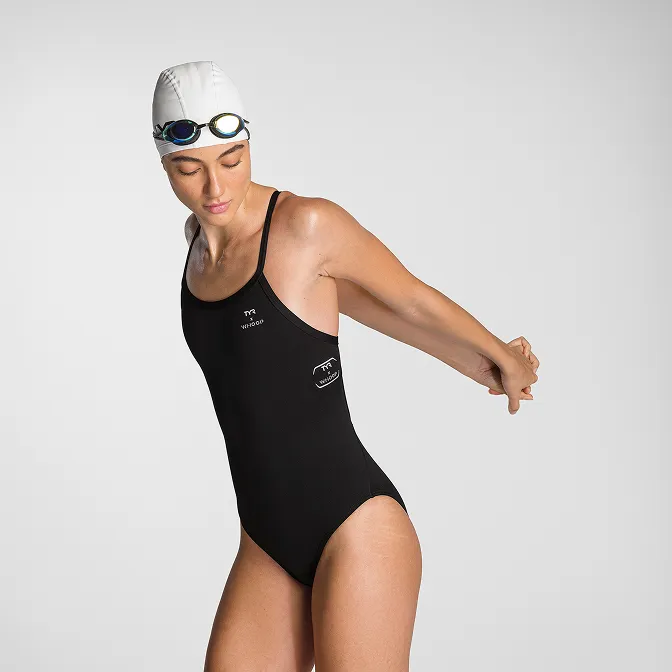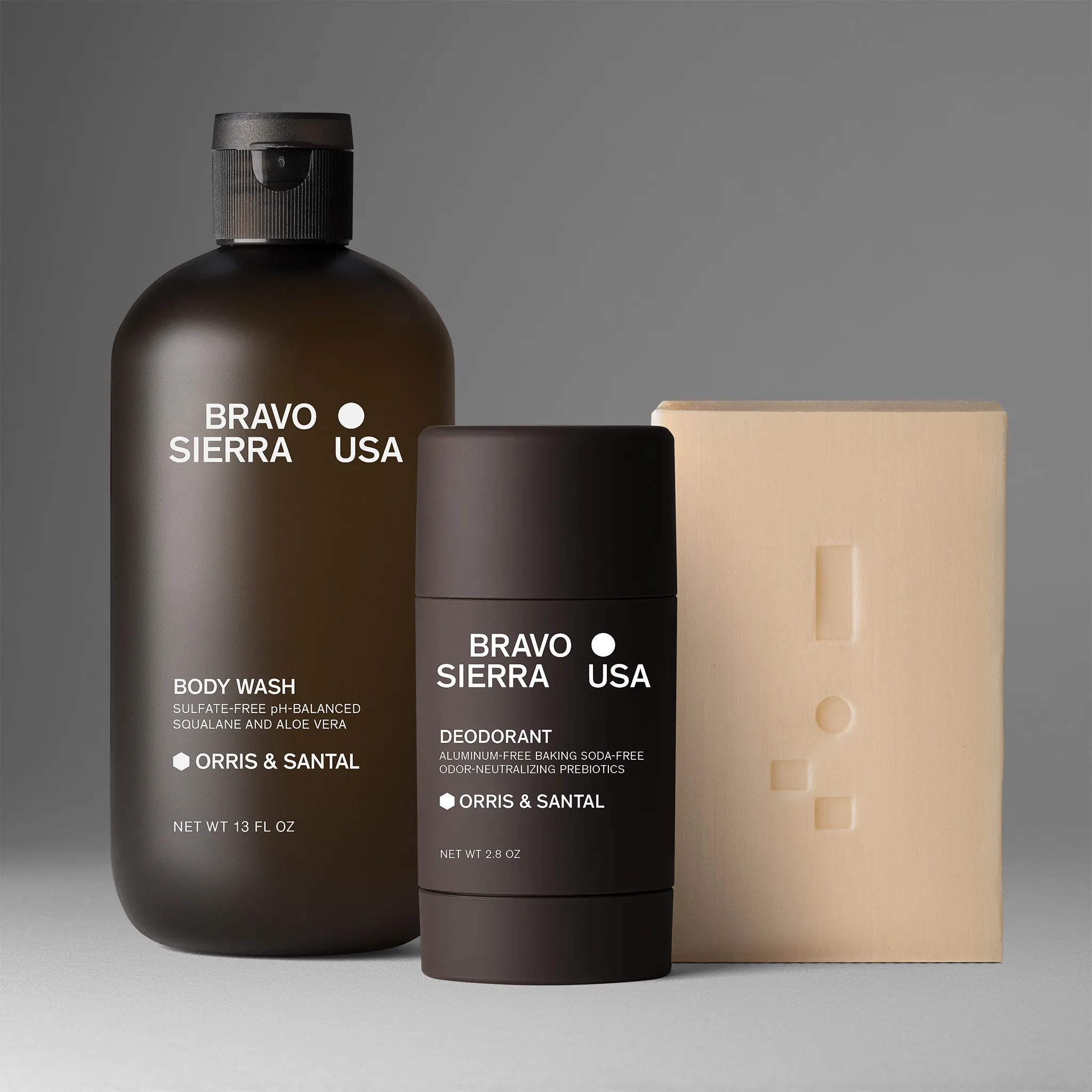In 2025, your brand’s first impression often comes from your product images, making them the digital handshake that greets every shopper. A strong product image strategy is no longer optional if you want to stand out and build trust instantly. This guide will show you how to harness the latest trends, proven steps, and essential tools to create visuals that boost brand perception and conversions. Ready to discover the secrets of a product image strategy that sets your e-commerce store apart? Let’s dive in.
The Critical Role of Product Images in Branding
In a world where attention spans are shrinking, your product image strategy becomes the silent ambassador of your brand. When a potential customer lands on your site, their first impression is formed in milliseconds, long before they read a single word. That instant judgment is heavily influenced by your product photography, which acts as the handshake that introduces your brand to the world.
The Psychology of Visual Perception
Humans process visuals much faster than text, making the role of product images crucial in shaping perceptions. Shoppers subconsciously judge the trustworthiness, value, and desirability of your brand based on the images you present. A strategic product image strategy taps into this psychological process, helping you influence buying decisions right from the start.
Data and Emotional Connection
Did you know that 75% of online shoppers rely primarily on product photography when making purchase decisions? That statistic alone highlights why your product image strategy should be a top priority. High-quality images do more than showcase features; they build an emotional bridge, sparking trust, aspiration, and brand loyalty in your audience.
Quality, Consistency, and Brand Value
Every image you share is a direct reflection of your brand’s standards. Crisp, well-lit, and color-accurate photos suggest professionalism and attention to detail, which elevates perceived product value. Consistency across all channels is essential, as it reinforces your brand identity and makes your offerings instantly recognizable. For a detailed breakdown of essential standards and best practices, check out this E-commerce image standards guide, which is packed with actionable insights for building a winning product image strategy.
Standing Out in a Crowded Market
In saturated markets, your product image strategy is your secret weapon for differentiation. Luxury brands, for example, use unique lighting and compositions, and high-end retouching to communicate exclusivity and craftsmanship. These carefully curated visuals create a sense of aspiration and set their products apart from the competition.
The Risks of Poor or Inconsistent Imagery
Neglecting your product photography can have serious consequences. Poor or mismatched photos can lead to lost sales, a damaged reputation, and confusion about what your brand stands for. Consider these risks:
- Customers may question the quality or authenticity of your products.
- Inconsistent images can dilute your brand message.
- Shoppers are more likely to abandon their carts if visuals do not inspire confidence.
A thoughtful, consistent approach to your product image strategy is not just about aesthetics; it is a foundational part of building a brand that customers trust and return to.
2025 Product Image Trends & Consumer Expectations
The product photography strategy continues to evolve rapidly in 2025. Modern consumers expect brands to go beyond standard visuals and deliver immersive, authentic, and meaningful imagery. Let us explore the top trends shaping product image strategy, and what customers now demand from brands aiming to stand out.
Visual Storytelling and Authenticity
In 2025, visual storytelling is the heartbeat of any successful product image strategy. Brands are moving away from overly polished, staged photos and leaning into lifestyle shots that place products in real-world contexts. Customers want to see how products fit into their lives, not just on a blank canvas.
Consumers crave authenticity. Relatable, diverse imagery is now expected rather than optional. Shoppers are drawn to brands that showcase real people, natural settings, and even behind-the-scenes moments. This shift is evident as leading companies leverage user-generated content and candid unboxing experiences across their digital platforms.
A great example is the surge in brands adopting hero shots that tell a story at a glance. These images capture the product's essence and value in a single, memorable frame. For a deeper dive into how hero shots are shaping e-commerce, check out Hero shot trends for e-commerce.
The product image strategy that prioritizes authenticity builds trust and forges deeper customer connections. When shoppers see themselves reflected in your visuals, they are more likely to feel an emotional bond, boosting loyalty and conversion.
Technology-Driven Innovations
Technology is revolutionizing product photography in 2025. AI-powered tools streamline editing, remove backgrounds, and offer smart retouching, making high-quality visuals accessible for brands of all sizes. These advancements not only save time but also ensure consistent image quality across all channels.
Three-dimensional renders and interactive images are now standard in many industries. Customers enjoy being able to view products from every angle, zoom in on details, and even customize features before purchasing. Augmented reality (AR) and virtual reality (VR) integrations allow shoppers to try products virtually, raising confidence and reducing returns.
Sustainability and Inclusivity in Visuals
Sustainability and inclusivity have become an important part of product image strategy. In 2025, customers are looking for visual proof that brands care about the planet and represent all people. Images now showcase eco-friendly packaging, ethical production processes, and transparent sourcing.
Diverse models and real customer stories are featured prominently, reflecting the broad spectrum of shoppers. Unboxing shots, material close-ups, and behind-the-scenes glimpses help reinforce transparency and authenticity.
A product photography strategy that highlights sustainability and inclusivity not only aligns with consumer values but also establishes a brand as forward-thinking and trustworthy.
Building a Winning Product Image Strategy: Step-by-Step
Crafting a standout product image strategy takes more than snapping a few attractive photos. You need a structured, repeatable approach that brings your brand to life, delights your audience, and drives results. Here’s your step-by-step blueprint to build a cohesive, effective strategy from the ground up.
Step 1: Define Your Brand’s Visual Identity
Begin your product image strategy by clarifying what your brand stands for. Ask yourself: What emotions do you want your visuals to evoke? Pinpoint your core values, identify your target audience, and highlight what makes your brand unique.
Develop a detailed visual style guide. This should include:
- Color palettes that reflect your brand’s mood
- Preferred lighting setup and backgrounds
- Composition rules and framing guidelines
Align your product image strategy with your brand voice. For example, a beauty brand might favor soft, luminous lighting and close-up shots to convey luxury, while a tech brand could use sharp lines and cool tones for a modern, innovative vibe.
A clear visual identity ensures every image feels like a natural extension of your brand. This consistency is what builds recognition and trust, setting the foundation for the rest of your product image strategy.
Step 2: Audit and Analyze Existing Product Imagery
Next, take a critical look at every product shot your brand uses. Conduct a comprehensive audit across your website, social channels, and marketplaces. Check for outdated styles, color mismatches, or images that no longer fit your product image strategy.
Use analytics to see which images perform best. Are certain styles driving more clicks or conversions? Identify gaps and opportunities for improvement. This honest assessment helps you focus your efforts where they’ll have the biggest impact.
Step 3: Plan Image Types and Content Mix
Every stage of your customer’s journey calls for different imagery. Map out the perfect mix for your product image strategy by considering:
- Catalog shots for clear, informative product views
- Creative shots for storytelling and brand personality
- Lifestyle images showing products in real-world use

Don’t forget detail and scale shots to boost customer confidence. Incorporate video, 360° spins, and interactive elements to engage shoppers. Align each image type with specific goals: awareness, consideration, or purchase.
With a well-planned mix, your product photography strategy covers every angle — literally and figuratively.
Step 4: Production Planning and Execution
Decide if you’ll keep production in-house or partner with specialists. Each approach shapes your product image strategy differently.
In-house pros: control, brand familiarity, and flexibility.
Cons: higher initial investment, learning curve.
Outsourcing pros: access to expert photographers, stylists, and cutting-edge cameras and lighting equipment.
Cons: less direct oversight, ongoing costs.
For either route, create detailed briefs for every shoot. Outline your visual identity, goals, and must-have shots. Build a workflow:
- Pre-production (planning, sourcing props)
- Shooting (lighting, composition, styling)
- Post-production (photo editing, retouching, quality checks)
- Feedback and revisions
For lighting tips, check out Tips for lighting product photography to ensure your images are crisp, consistent, and on brand.
Invest in the right equipment and software to meet 2025 standards. Maintain rigorous quality control at every step. This attention to detail will elevate your product image strategy above the competition.
Step 5: Optimize for E-Commerce and Digital Platforms
Every channel has its own requirements. Tailor your product image strategy for each platform by adjusting image sizes, aspect ratios, and compression settings to ensure fast loading and sharp visuals.
Follow SEO best practices: use descriptive alt text, strategic file names, and implement structured data. Run A/B tests to discover which images convert best and continuously refine your approach.
A well-optimized product photography strategy ensures your visuals look stunning everywhere your customers shop.
Measuring Success: KPIs and Analytics for Product Images
In today's fast-paced e-commerce world, knowing how your product image strategy performs is essential. The right visuals can boost engagement and sales, but only if you track the right data. Understanding which images truly drive results helps you refine your approach and maximize ROI.
Key Metrics for Product Image Strategy Success
To measure the effectiveness of your product image strategy, focus on core KPIs. Click-through rates tell you how well your images attract attention. High conversion rates reveal if your visuals persuade customers to buy. Bounce rates can indicate if images fail to meet shopper expectations, while time-on-page shows how long visitors interact with your content.
Tracking these KPIs is the backbone of a successful product photography strategy.
Analyzing Customer Engagement
Beyond basic metrics, advanced tools help you see how shoppers interact with your product images. Heatmaps and eye-tracking technology show where customers focus their attention. This data reveals which visuals spark interest or confusion.
Interactive experiences are rising in popularity. Monitoring add-to-cart rates and checkout completion after introducing such features can highlight the impact of your product image strategy on purchasing behavior.
Leveraging Feedback and Benchmarking
Customer reviews and direct feedback offer valuable insights into how your product image strategy resonates with your audience. Look for patterns in comments about photo clarity, accuracy, and representation. These details help you spot opportunities for improvement.
Benchmarking against industry standards and competitors is also crucial. Compare your metrics to those of similar brands to identify strengths and weaknesses. Use this data to set realistic goals and ensure your product image strategy stays competitive.
Real-World Impact: Data-Driven Improvements
Continuous improvement is key. Regularly run A/B tests, swapping out images to see which versions perform best. Use analytics to pinpoint which visuals drive the most conversions and customer satisfaction.
Brands that update their product image strategy based on data often see real results. For example, after implementing interactive image features and monitoring the resulting metrics, some retailers have reported measurable increases in sales and lower return rates. By making data-driven updates, you turn your visuals into a powerful growth engine for your brand.
Future-Proofing Your Product Image Strategy
Staying ahead in the digital marketplace means your product image strategy should never stand still. Trends, technologies, and consumer expectations shift quickly, so brands that adapt are the ones that thrive. If you want your visuals to keep resonating, you need a plan that’s as dynamic as your audience.
Monitor Trends and Stay Agile
Regularly review emerging styles and consumer behaviors. Social media, e-commerce analytics, and competitor moves can all signal shifts in what shoppers expect from your product image strategy. For example, the demand for hyper-realistic imagery is rising, making it crucial to monitor Hyper-Realism in Product Photography as a reference for what’s next.
Invest in Skills and Technology
Equip your team with ongoing training or maintain strong partnerships with studios that live and breathe visual innovation. Embracing new tech, like AI-powered editing, AR/VR, and interactive tools, is vital. Many brands are turning to Interactive Product Customization Tools to let customers personalize and engage with products in real time. This keeps your product image strategy fresh and competitive.
Build a Scalable, Consistent Asset Library
Create a centralized library of high-quality images and visual assets. This ensures consistency across every channel, from your website to international marketplaces. Organize files with clear naming conventions and metadata for easy localization, updates, and legal compliance. A well-managed asset library is the backbone of a future-proof product image strategy.
Address Legal and Global Considerations
As your brand grows, legal details matter more. Always secure copyright, usage rights, and model releases for every image. When expanding globally, adapt visuals to fit local cultures and regulations. This prevents costly mistakes and ensures your product photography strategy remains effective worldwide.
Brands that continually evolve their product photography strategy — leveraging cutting-edge tools and adapting to new markets — consistently outpace competitors. By planning for agility, investing in technology, and covering legal bases, you’ll ensure your imagery remains a powerful asset for years to come.
Ready to put your product image strategy into action? We’ve talked about how powerful visuals can set your brand apart and drive real results in 2025. If you’re looking for a partner who gets the importance of high-quality photography, tailored to your unique brand vibe, you don’t have to do it alone.
With Squareshot’s team and seamless process, you can elevate your visuals and boost conversions faster than you think. If you’re excited to get started and want expert support every step of the way, let’s make your vision a reality.
Product A
SQUARE SHOT


































